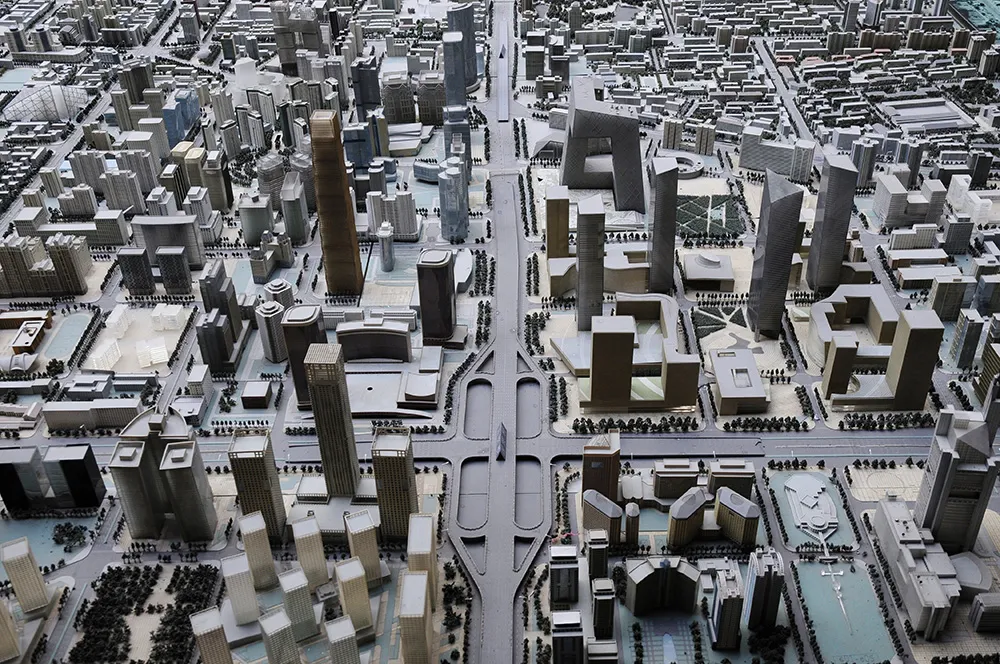
Intelligent traffic systems (ITS) have become increasingly important in managing traffic flow, improving road safety, and reducing congestion. Automated number plate recognition (ANPR) is a critical component of ITS and relies on the use of specialised lenses with excellent resolution performance in both visible and NIR light.
ANPR systems use near-infrared (NIR) illumination to capture images of number plates regardless of the ambient lighting conditions. These systems usually have a lens dedicated for the ANPR camera and another to create a colour image of the vehicle and driver.
Using a combination of visible and IR light without a well-corrected broad-spectrum lens can have deleterious effects on number plate recognition due to poor focus in either visible or IR light. Dual camera solutions avoid the requirement for a broadband, visible through IR-corrected lens by having separated lenses for visible and IR illumination.
Lenses that have excellent visible-NIR correction can mitigate these challenges by ensuring that the image captured by the camera is as clear and accurate as possible.
Lenses are designed to focus light in the visible wavelength range from 430nm to 700nm and the NIR range from 700nm to 940nm with minimal focus shift, allowing the camera to capture images that are sharp and free from aberrations from a single lens over a wide range of lighting.
What are the advantages of NIR correction in ANPR?
One of the most significant advantages of using lenses with excellent NIR correction in ANPR is improved accuracy. ANPR systems rely on accurate recognition of number plates to be effective, and any distortion or aberration in the image can challenge system accuracy.
Many ITS applications use multiple cameras, each with its own specialised lens. Using lenses that are corrected for both IR and visible light makes it possible to limit the number of SKUs required for the application, simplifying procurement and reducing costs. Using the same lens model for colour and IR cameras, each with dedicated bandpass filters, can be achieved with a well-corrected lens design increasing system efficiency.

The use of lenses with excellent NIR correction is critical to the success of ITS systems, particularly when it comes to ANPR. These lenses offer several advantages, including improved accuracy and efficiency.
By using lenses that are specifically designed to correct for NIR illumination, ITS applications can achieve better performance and more accurate results, ultimately leading to safer and more efficient transportation systems.
Theia Technologies offers telephoto lenses with excellent visible-NIR correction that maintain their high-resolution performance from 430nm up to 940nm. Theia’s compact telephotos come in 9-40mm and 12-50mm focal ranges and are perfect for high-detail, long distance ITS applications such as ANPR.
Theia has models for up to 1/1.7” sensors with 300lp/mm resolution and for up to 1/2.3” sensors with 200lp/mm performance in visible and NIR. Also available in motorised models perfect for remote set up and operation, with motorized zoom, focus, IR cut and IR bandpass filter combinations, P-iris or DC auto-iris, in CS or D25 board mount.
Click here to learn more or request a sample today.
Content produced in association with Theia Technologies









